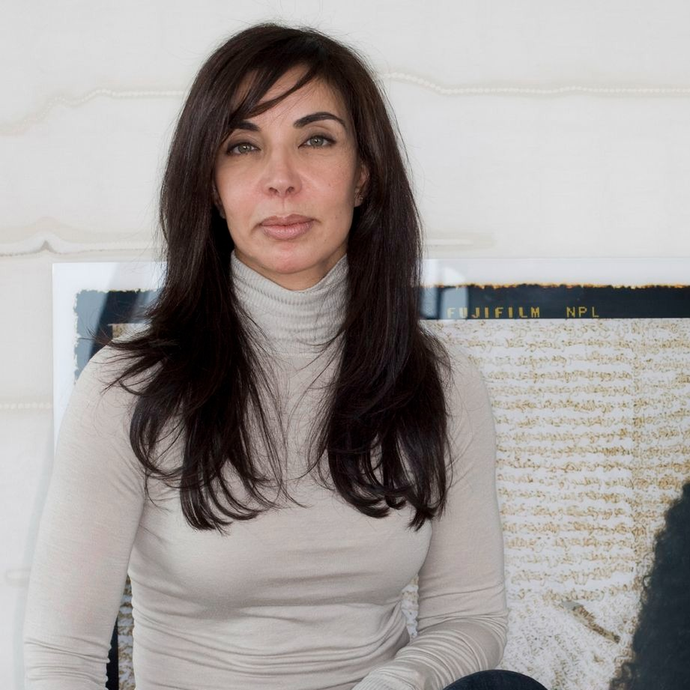
Lalla Essaydi
Lalla Essaydi, a Moroccan photographer renowned for her staged photographs featuring Arab women, explores the complex issues surrounding the portrayal of women in Arab culture juxtaposed with their representation in the Western European artistic tradition.
Biography of Lalla Essaydi
Born in 1956 in Marrakesh, Morocco, Lalla Assia Essaydi's journey has taken her across continents. After completing her high school education in Paris, she returned to Morocco, where she married and later moved to Saudi Arabia, raising two children before divorcing. In the early 1990s, Essaydi found herself back in Paris, attending the prestigious École nationale supérieure des Beaux-Arts.
In 1996, Essaydi made Boston, Massachusetts her new home, where she pursued her Bachelor of Fine Arts degree from Tufts University in 1999. She continued her artistic education, earning her Master of Fine Arts in painting and photography from the School of the Museum of Fine Arts in 2003. This eclectic educational background laid the foundation for her future artistic endeavors.
Essaydi's work has garnered international acclaim, with exhibitions held at esteemed institutions worldwide. Her pieces grace the collections of prominent venues such as the National Museum of African Art in Washington, D.C., the Art Institute of Chicago, and the Fries Museum in the Netherlands.
Lalla Essaydi's Art Style
Lalla Essaydi's artistic oeuvre features large-scale photographs that draw inspiration from nineteenth-century Orientalist paintings while actively subverting the stereotypical and sexualized representations often found within them. Through her work, she delves into the complex interplay of gender and power inscribed upon the bodies and spaces inhabited by Muslim women. Operating from her studio in Boston, Essaydi's exploration encompasses a broad spectrum of themes, including diaspora, identity, and the societal expectations placed upon women.
In several of her notable pieces, such as "Converging Territories," Essaydi incorporates henna —a traditional adornment commonly used in bridal rituals — alongside Arabic calligraphy, traditionally considered a male-dominated practice. While henna holds deep symbolic significance, particularly within Moroccan culture, symbolizing the transition from girlhood to womanhood during familial celebrations, its inclusion in Essaydi's work serves to imbue her subjects with a silent yet potent voice, connecting them through a shared feminine experience.
Beyond her innovative use of henna, Essaydi's art frequently incorporates interpretations of traditional Moroccan elements, including the gracefully draped folds of cloth adorning women's bodies, the intricate patterns of mosaic tiles, and the majestic architectural forms found in Islamic design.
Years:
Born in 1956
Country:
Morocco, Marrakesh